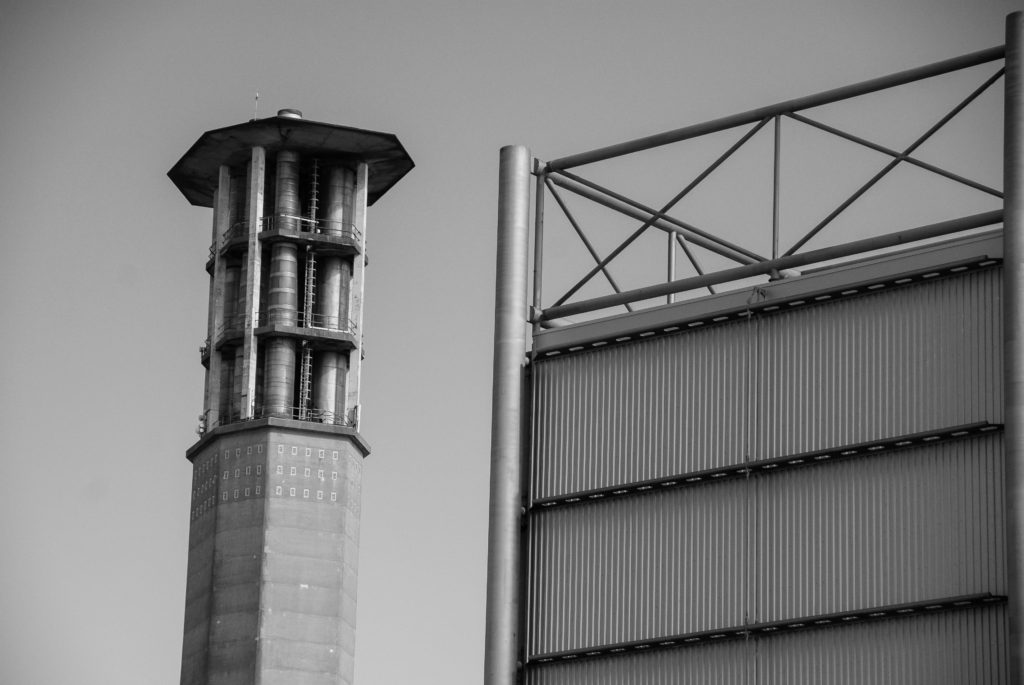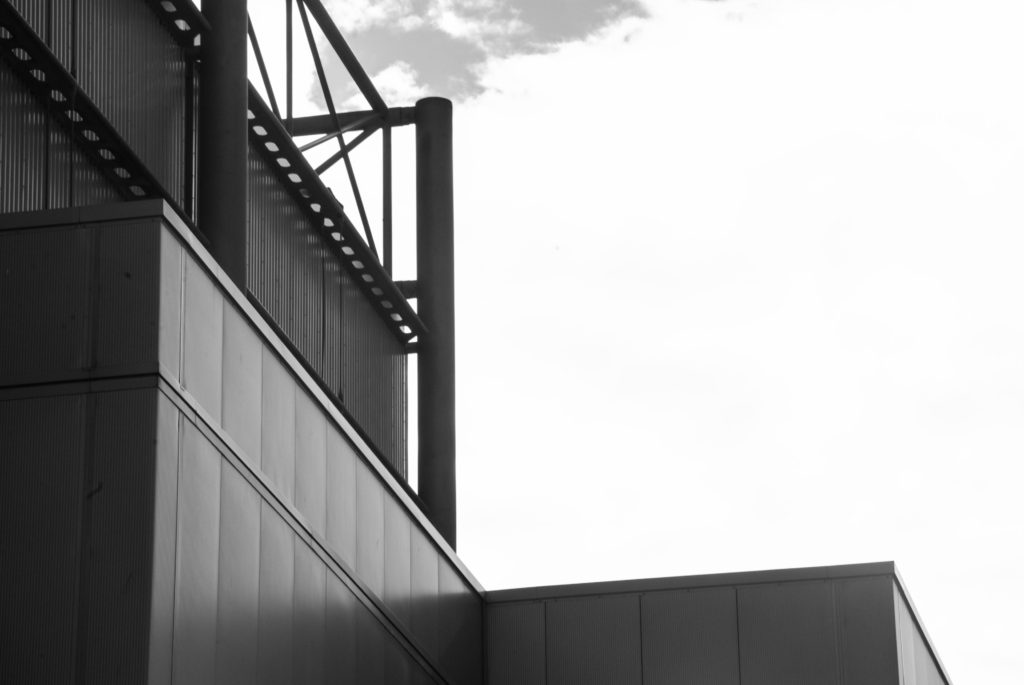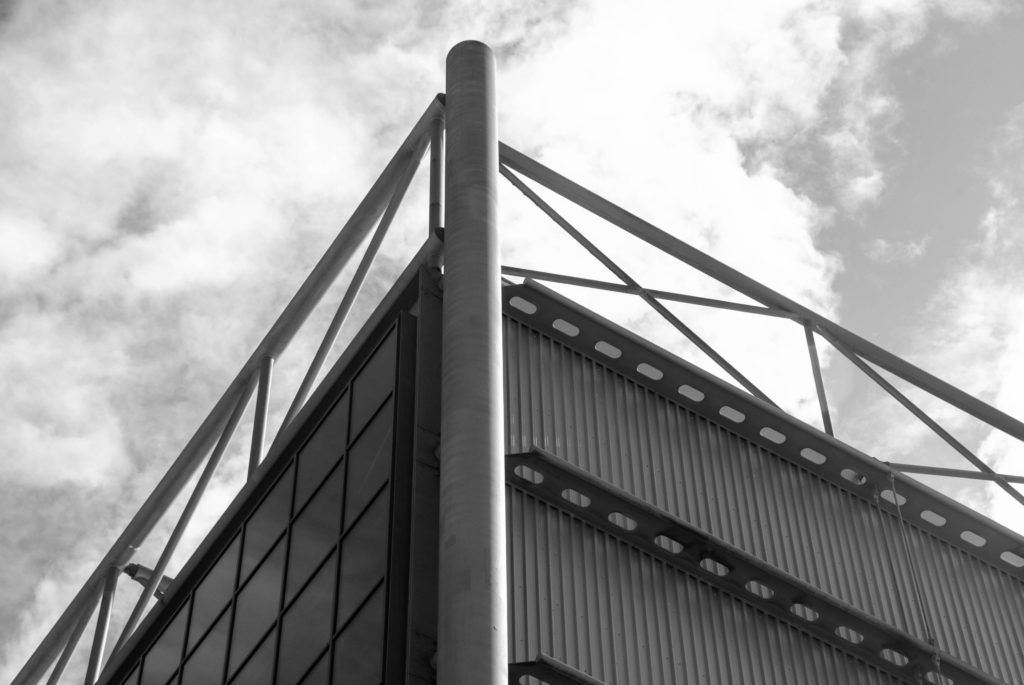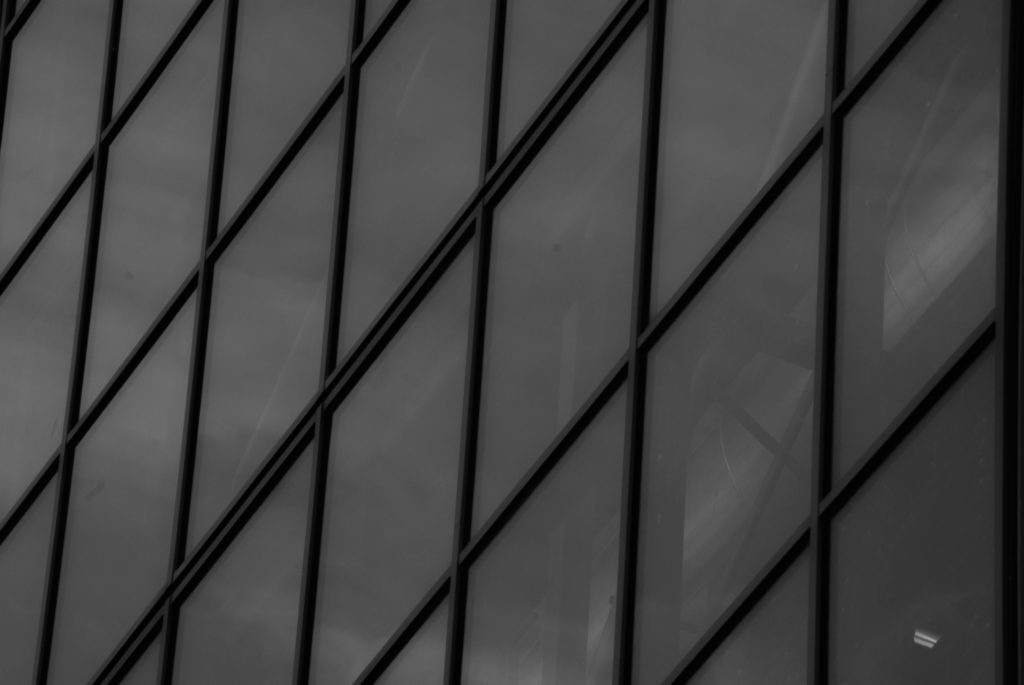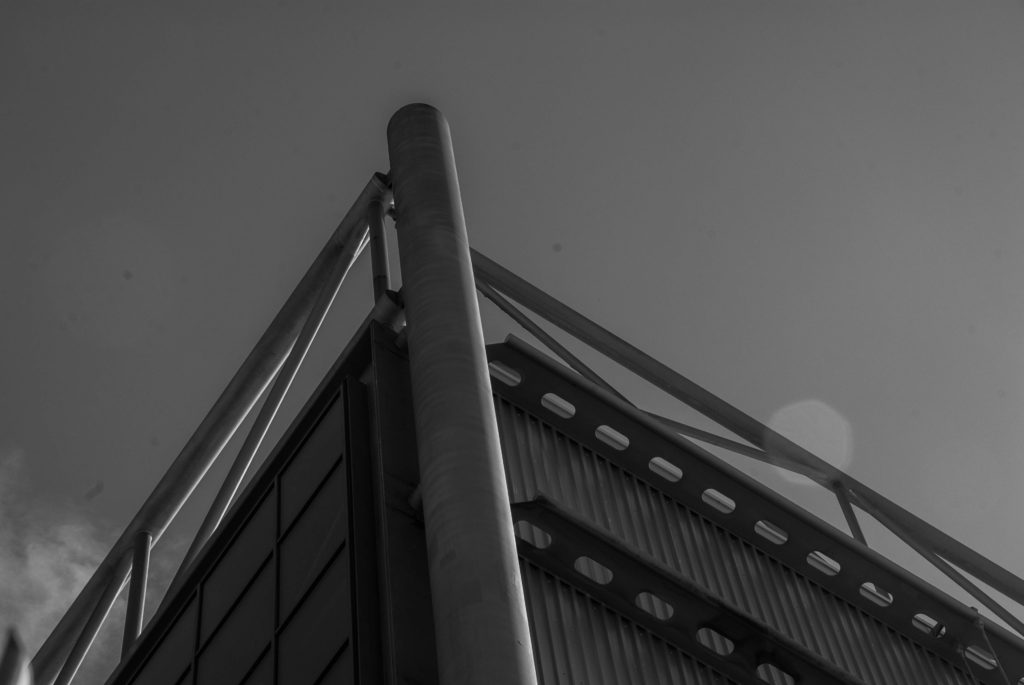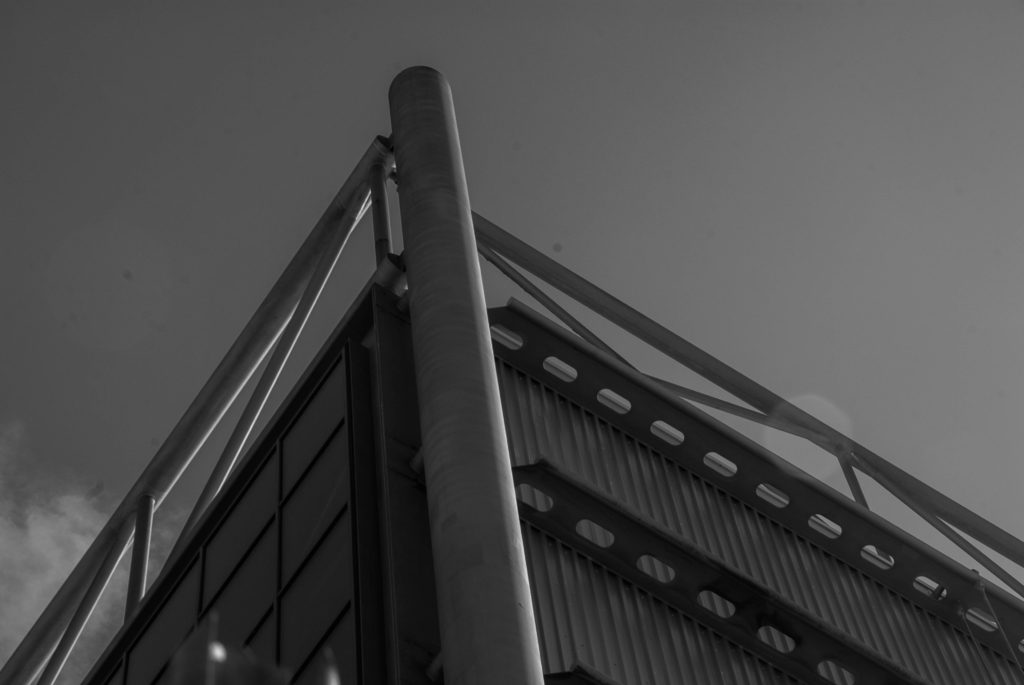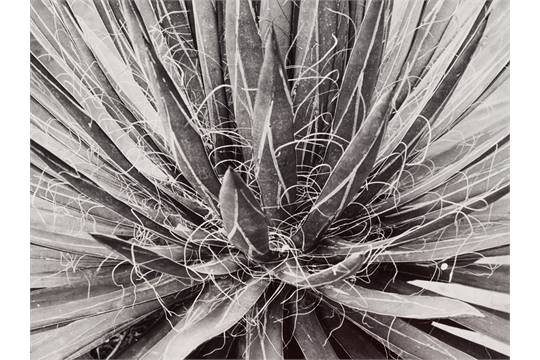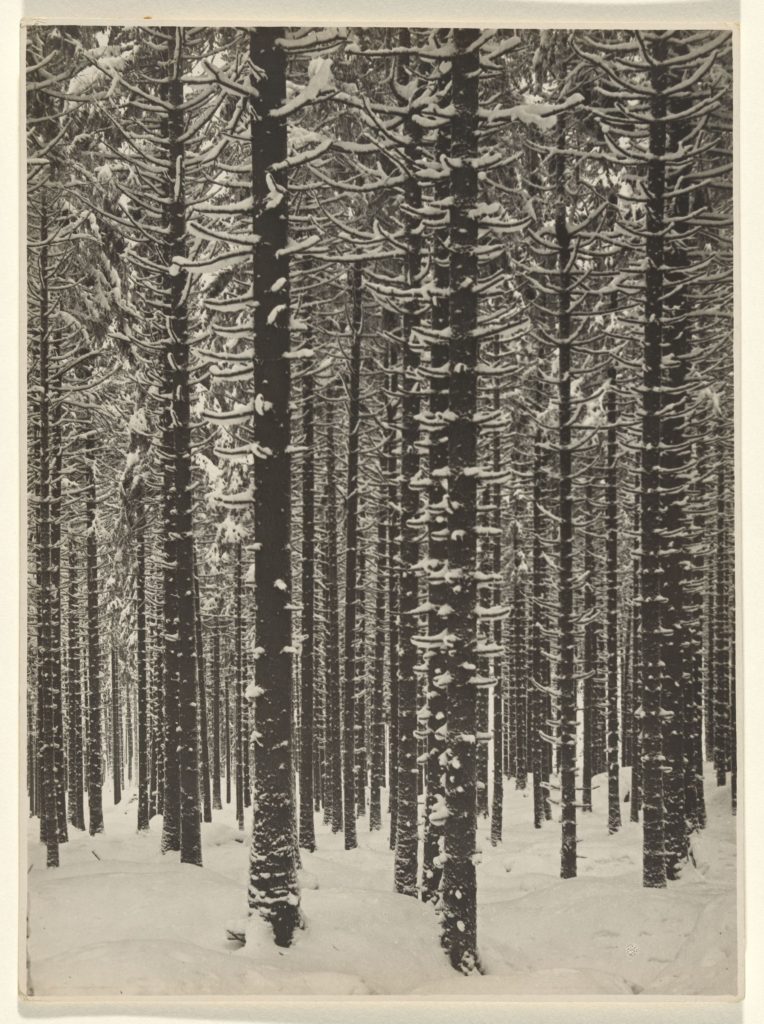Albert Renger-Patzsch was a German Photographer born in who specialised in black and white landscapes capturing the beauty of the natural world and also its man made elements specifically industrial architecture. He often shot in harsh lighting which gave his images long shadows and a large tonal range. He liked to shoot ordinary scenes from a unique angle. A lot of his pieces also had rhythmic features as he shot a lot of repeating items. He was also associated with New Objectivity Movement.
Albert arrived to photography when a new generation of photographers were moving away from pictorialism. His work reacted to expressionism, a way to face a reality and to have a figurative approach about photography.
Albert Renger-Patzsch started his work in nature, He drew the eye close to natural elements of the word around us. As he moved on, he began to focus more on modernity and drew our eye to more dynamic angles of our world, his favourite way to do this is by shooting industrialism and in addition to this he focused on how humans have changed the landscape around them.
In his book “The World is Beautiful” he creates a metaphysical description of the world in 1928. There is a thematic progression in the book; it starts with nature and then animals, then landscapes and the world constructed by man and he finishes it with an ambiguous image of a persons hands instigating they are preying or begging. He was aware of a transformative perception that was taking place in the 20s
The new objectivity movement was, simply put a style of photography that emerged out of Germany in the 1920s reacted to expressionism in a way that focused on the objective world. Some of the other artists involved in the era were August Sander and Karl Blossfeldt.
I think another photographer that has been influenced by the new objectivity movement is Henry Wessel. Henry shoots ordinary scenes and withdraws the beauty from them.
Image Analysis
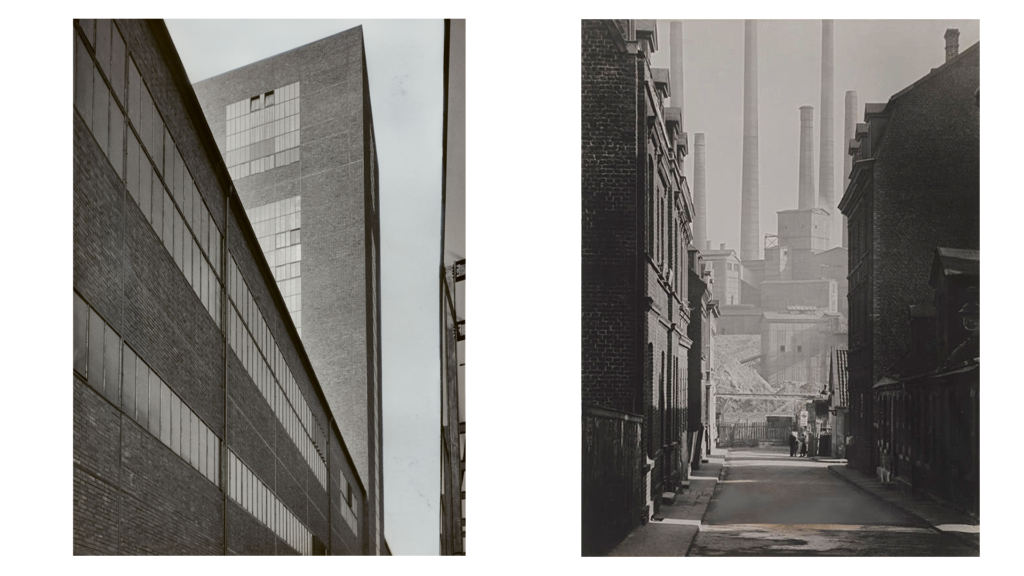
The similarities in this image include:
- They are both industrial settings which are man made.
- They both have leading lines which make your eye travel down the length of the image.
- They are both shot with a lot of light and therefore possess a large tonal range
- Both images have a repeating rhythm, the image on the left has repeating geometric window frames and the image on the right has repeating factory chimneys.
The differences in this image include:
- With the image on the right albert has framed the industrial factory between the two street side buildings, whereas when he took the image on the left he did not frame the building.
- The image on the right has a greater depth of field
- The image on the left is more geometric, this is created by the perfectly rectangular and uniform windows and the sharp corners everywhere.
My reaction to Alberts photography:
I exercised shooting interesting angles, macro framing and objectivity in our man made and natural world. I focused on finding leading lines that draw the eye to centre of the image. I also shot with a small aperture to create a great depth of field and to create more contrast in the image and accentuate the black and white film photography look that Albert used to shoot in.
Contact sheets





